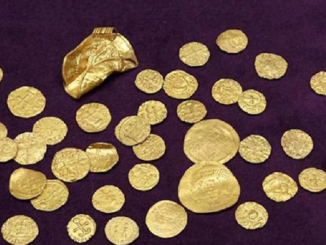Delphi, considered by the ancient Greeks to be the Omphalos or Navel of the Earth, is an extraordinary reminder of their spiritual and architectural power. Nestled on Mount Parnassus, it flourished from the 6th to 4th centuries BC, attracting pilgrims from the Mediterranean to seek guidance from the revered Oracle of Delphi, Pythia.
The sanctuary integrates seamlessly into the natural landscape, reflecting the Greek belief in the inherent sacredness of the site. Delphi’s design, which included the Temple of Apollo and a strategically located theater, demonstrated the sophistication of Greek architecture. The treasury, including the Tholos of Delphi, is decorated with sculptures, further enhancing the spiritual atmosphere.
The journey to the Great Temple includes passing through the Marmaria complex, the gymnasium and the Castalian Springs. The temple, with columns on all sides, invites contemplation of the Delphic maxims engraved on the front, emphasizing self-awareness and humility.
The Oracle’s Chamber, located above a steamy abyss, provides a mystical setting for prophetic consultations. As the Pax Romana weakened, Delphi faced abandonment and seismic challenges, leading to its decline. Yet the spiritual resonance of the ancient reserve remains, with the surrounding mountainous scenery and unique geological features contributing to its timeless appeal.


